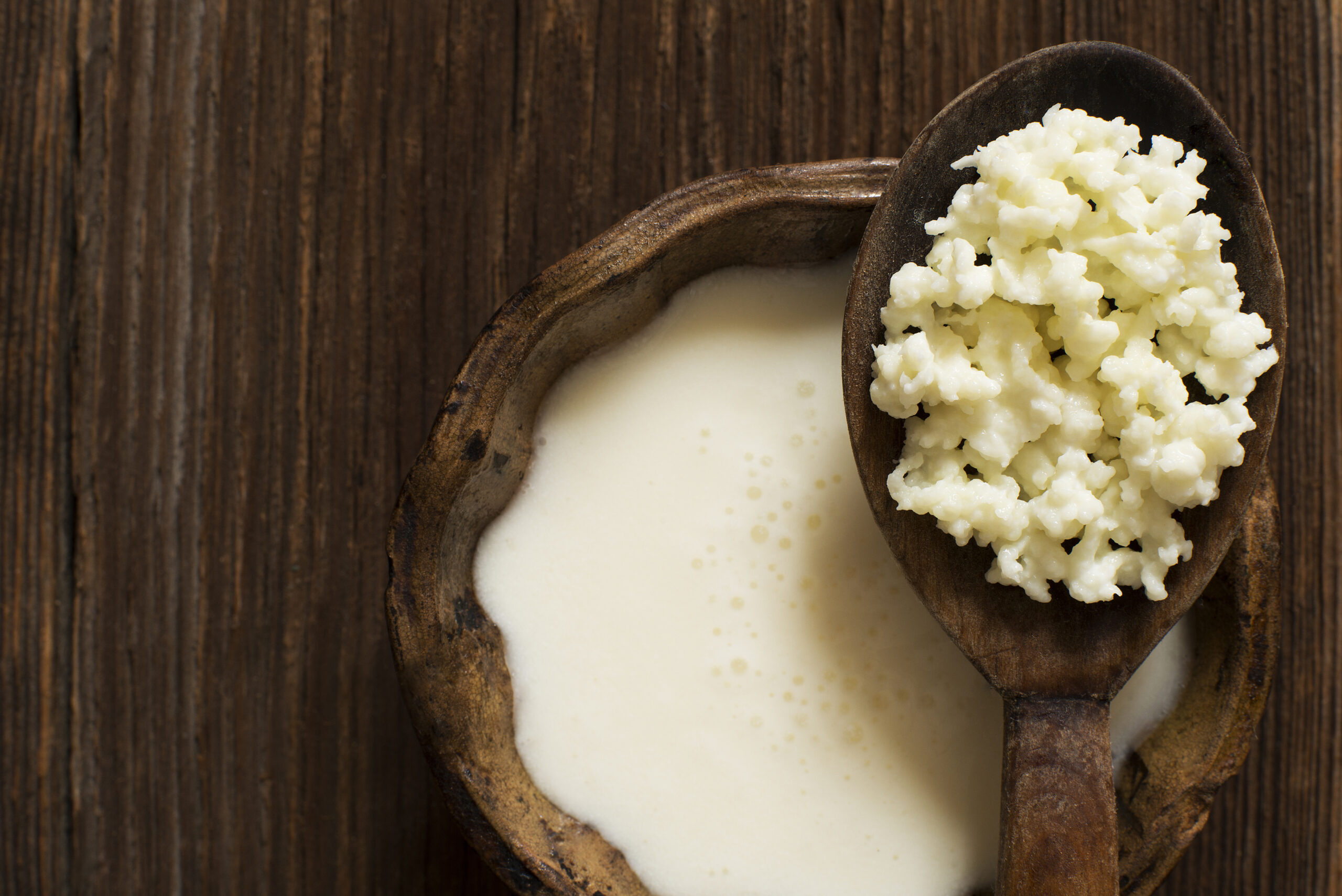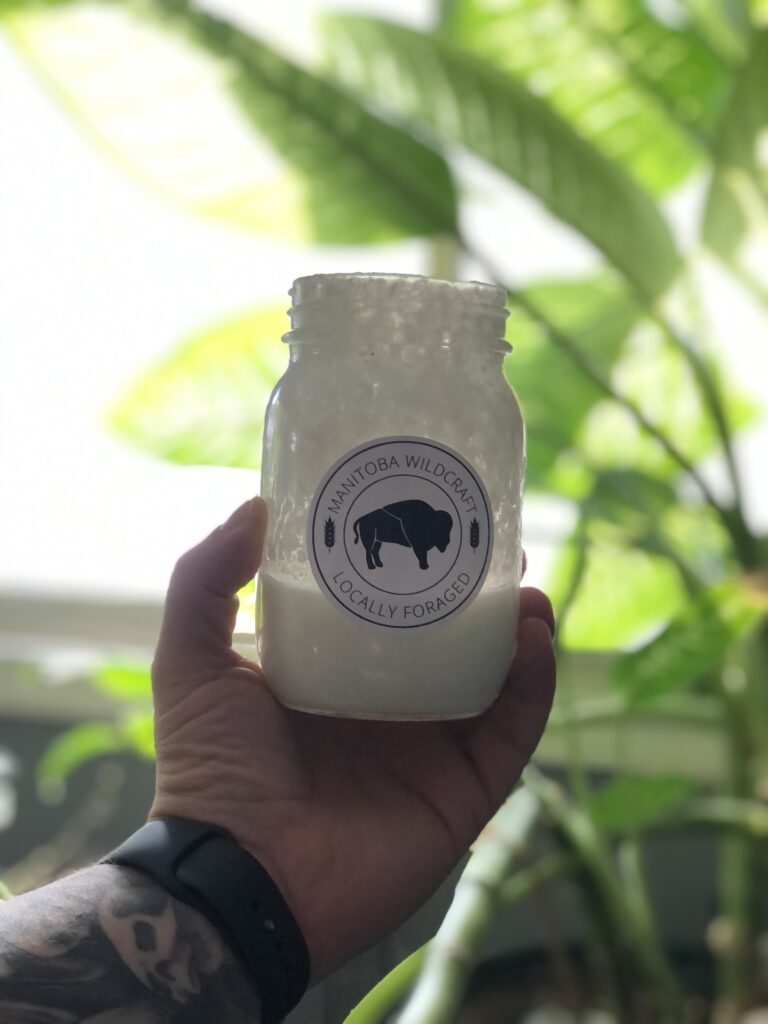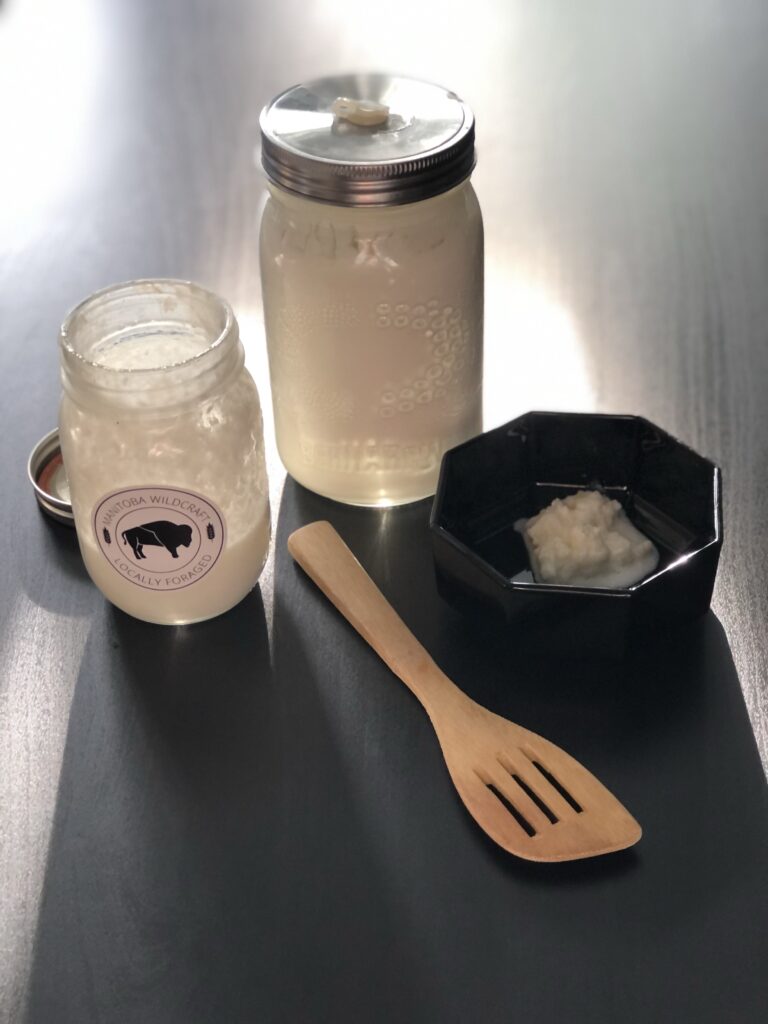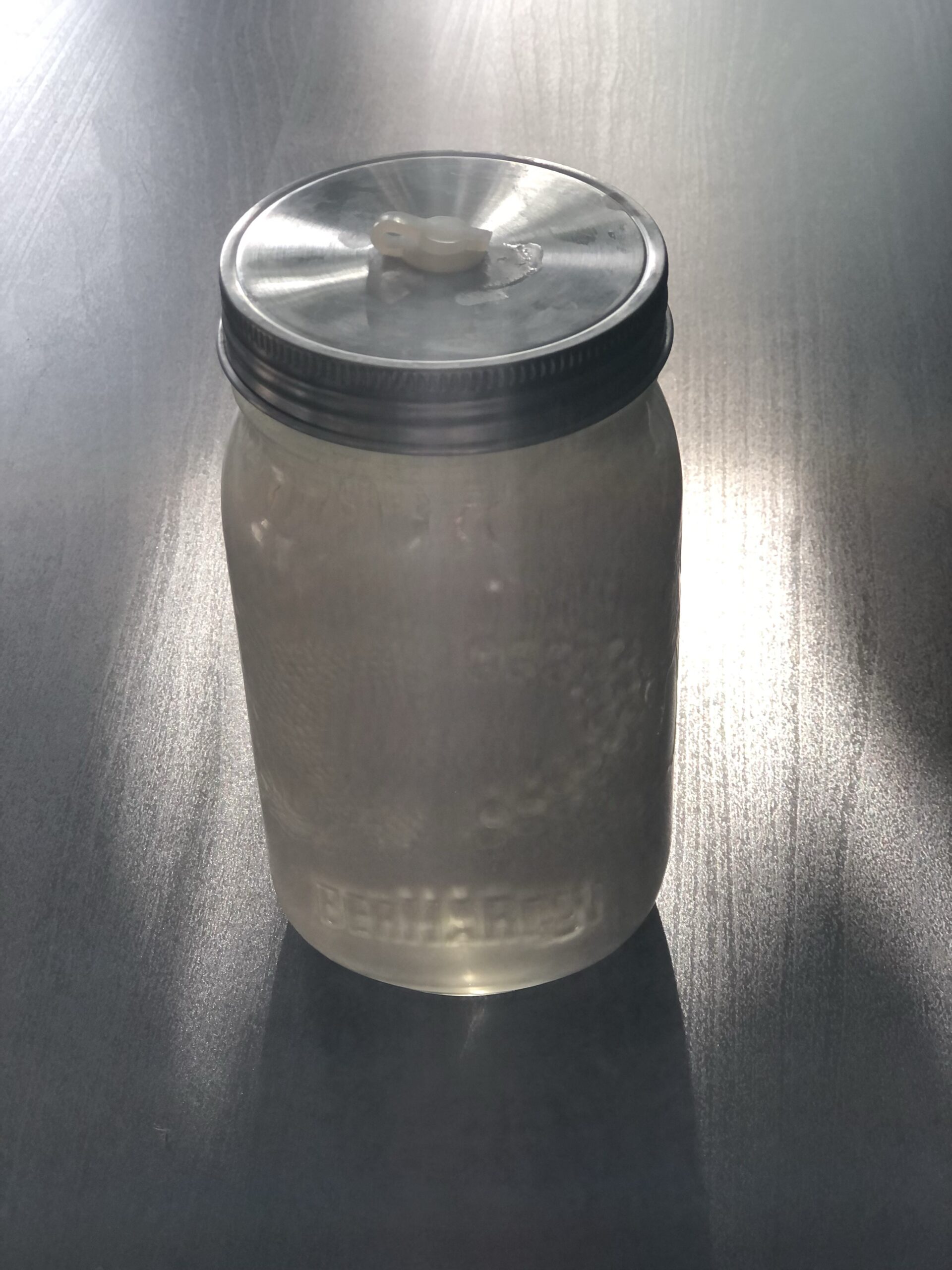
Let’s talk about food. Specifically wild food. I mean, that is part of the reason we started all of this, right? So we should probably talk about it. Here it goes. Why do we love wild food?
We have been learning for a while about the benefits of eating “living food”. I think we heard it in passing from someone on some post somewhere that talked about how we should aim to eat things that are technically still alive. It was during a time when we were rediscovering our relationship with food and food systems, a couple of years before the global supply chain disruption caused by the pandemic – really made it dinner table talk.
What is living food?
For us, living food is food that is whole, closest to its rawest form, growing in its preferred environment, and covered in soil and bacteria. It is an understanding of the relationship between life and our eating. Gathering and hunting. Natural abundance. Food that is real, has not been sterilized to the last molecule, reconstituted into a meal, and eaten as dead, empty, nutritionally lacking zombie-foodstuffs. We’re just tired of fake $#%^ to be completely honest. And it isn’t just the food of the world, but we digress.
Our first experiment with living food was with milk kefir grains. For almost two years now we have been growing our little kefir culture and have been experimenting with everything from cheeses, dressings, creams, and of course just to drink!

What is milk kefir?
Milk kefir (pronounced kee-fer) is a fermented milk drink, cultured from kefir grains. It is a rich source of calcium, protein and B vitamins. What else does it contain? Well, let’s take a look…
A 6-ounce (175-ml) serving of low-fat kefir contains:
Protein: 4 grams
https://ndb.nal.usda.gov/ndb/foods/show/01289
Calcium: 10% of the RDI
Phosphorus: 15% of the RDI
Vitamin B12: 12% of the RDI
Riboflavin (B2): 10% of the RDI
Magnesium: 3% of the RDI
A decent amount of vitamin D
Where does milk kefir come from?
The history of milk kefir is fascinating. The history dates back many thousand years ago and traces back to the people of the Caucasus region. Widespread use as medicine comes from Russian experiments that concluded milk kefir to be the key to a long and healthy life. Most all references and research point to kefir originating in North Ossetia (the Northern area of the Caucasus Mountains, between Russia and Georgia).
It was there that the Ossetians, descended from the nomadic Scythians who settled in the area, first harnessed kefir grains to ferment milk in simple leather bags. It’s hard to say what these highlanders of the Caucasian Mountains did on a day-to-day basis with kefir, or where exactly they first happened across it. Unfortunately, there were no written records of this, only a story passed down (and probably a good helping of exaggeration with it!). Nonetheless, as the story progresses into Russia, it becomes more accurate as names, dates, and written records of kefir take the place of legend and story-telling.
The Russian immunologist Dr. Ilya Ilyich Metchnikoff (who received the Nobel Prize for his work on immunity in 1908) became interested in learning about the causes of the exceptional longevity of the people in the Caucasus region and other regions. Metchnikoff came to the conclusion that soured milk, including milk kefir, was one of the keys to longevity and well-being. Following the publication of Metchnikoff’s book, The Prolongation of Life, in 1907, the All Russian Physicians’ Society became determined to use milk kefir as a medicinal treatment for their patients.
https://www.rawmilkinstitute.org/updates/the-fascinating-history-of-milk-kefir
How do we use milk kefir?
Milk kefir has become our choice for a dairy substitute. In fact, it is believed that due to the fermentation process, it’s easier on folks who are lactose intolerant (of which we have in the household). We use milk kefir all day! In the mornings, we use some in our eggs as a cream replacement and to bring life to our eggs, or we might even use it in our sourdough pancakes. For lunch, we might process it into a soft, white cheese with some herbs as a replacement for cream cheese! In the afternoon, instead of yogurt, we might have a glass of kefir with lemon, a drinkable yogurt that provides more punch than traditional yogurt! And now for supper, we mix it with some herbs and vinegar for a tangy dressing that can work with damn near any variation of salad.

How can I make milk kefir at home?
So here’s the deal. Kefir is the result of combining about a 1/4 cup of fresh milk (unpasturized would work best) with a couple tablespoons of the kefir grains culture that has been left to sit and ferment overnight. Kefir is living and eats the sugars in the milk. In order to make kefir grains you need a living culture starter and we couldn’t find any kefir grains in Winnipeg that were actually alive! We found dried starters but not the actual living bacteria. We had heard that some folks could get their hands on some, like some secret kefir fight club, but we didn’t have a plug. So we of course did the next best thing and we bought some online!! We HIGHLY recommend this company (www.yeemos.com) for any of your kefir needs.


Here is Ariel from Simple Living Alaska (one of our fave Youtube channels, give them a follow!) using kefir to make a simple, spreadable cheese.
Want to give milk kefir a try?
For our followers, we have decided to start offering milk kefir grains starter in our store. Your local kefir dealer, slanging bacteria and reporting for duty. Check the store for details!
Join our mailing list to follow us on harvests and adventures!
